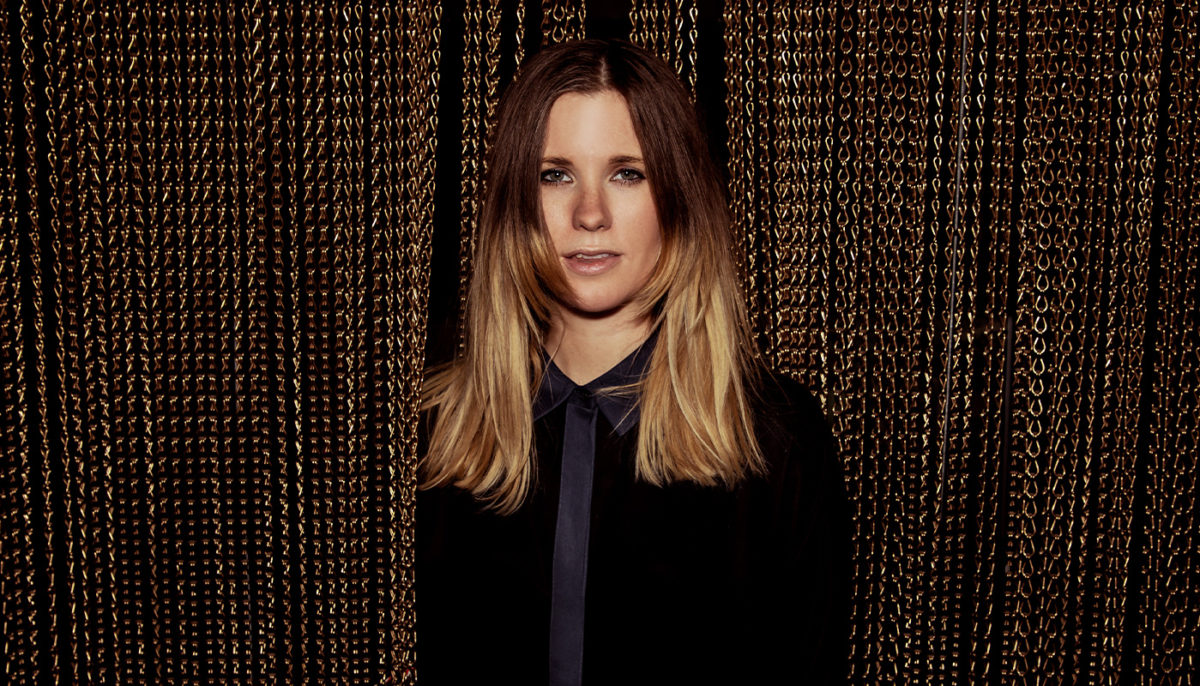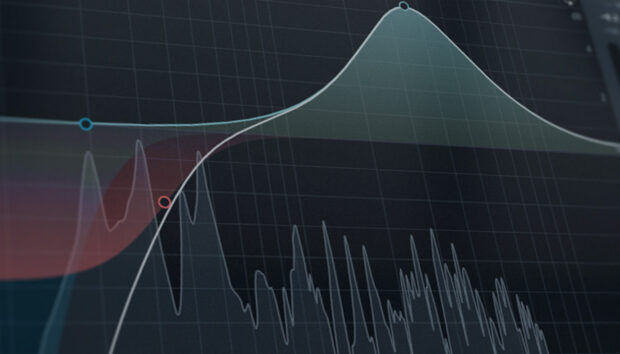
A sound that has been present in various musical mutations as far back as the ‘90s, microhouse is currently enjoying a slow-burn resurgence, largely thanks to the creativity of a diverse new generation of producers who are all pushing its minimal, dance floor-driven sound forward in different ways.
There’s a certain conceptual purity to the genre – a rock-solid framework that has arguably played a more important role in its endurance than any particular palette of samples or sounds. The minimal maxim ‘less is more’ informs a stripped-back approach to grooves, percussion, and arrangements, with a focused use of samples and repetition that is as hypnotizing as it is high impact.
In recognition of the enduring influence of minimal and microhouse music on club culture, we recently released the INFINITE ESCAPE expansion, developed in partnership with veteran producer Alexkid. Alongside the usual kits for MASCHINE and BATTERY and synth presets, the expansion offers hundreds of audio loops – from trippy percussion to subtle textures – that are perfect for slicing and dicing into your own minimal beats.
Here, we chat with five leading producers within the loosely-defined microhouse space to pick up some exclusive production tips and insights.

Wareika
Germany’s Wareika are a trio who take a more expansive approach to microhouse. There’s undoubtedly a hypnotic quality to their finely polished productions, though most defining is their respective backgrounds in classical and jazz, and the resulting richness this brings to their music.
“What brings us together is a true love for sound,” says the Wareika’s Jakob Seidensticker. “There is no concept that we follow, instead we listen to ourselves, and try to illustrate what we find inside our soul. There is much to learn, especially from many different music styles and traditions from around the world. This sense of joy is also an invitation to listeners; it’s something we hope to share with them.”
As such, the Wareika production workflow is often quite elaborate. Their ‘Water, Sky, Sun, Wood’ album, for instance, began with a four-hour recording session using piano and guitar.
“We just played what we felt and recorded it with two microphones and a good preamp,” Jakob says. “Later we meticulously cut the recording file into hundreds of micro-loops and re-composed these in a monster 40+ track DAW Arrangement. That was bounced to stereo and fed into a sequenced filter-patch in the modular system, to give it another rhythmic texture. We synced a couple of sequencers to this rhythm, programmed interacting sequences, recorded a multitrack synth arrangement on the fly… a lot of work!”
Wareika’s prized production tip is to invest time into EQing your sounds; something that will deliver even more worth if you’re not able to afford expensive gear.
“For crafting the sound of a perfect bass drum, in particular, our tip is to remove as many frequencies as possible from approximately 180 up until 500Hz. That way, the kick sounds way smoother; though if you’re looking for a more old-school style, just reduce this step a little.”

Anthea
Anthea is as much a behind-the-scenes tastemaker as she is a renowned DJ and producer. With her Partisan imprint approaching its 5th anniversary, as a producer, she’s renowned for a certain ‘economical’ approach to her grooves and core arrangements that embodies the ‘minimal maxim’ perfectly.
“Throughout my years as a DJ, I found that the simplest tracks were often the most effective on the dance floor,” Anthea says. “I adapted this knowledge when I started building up my studio, working in the end with a select few pieces of hardware, and a small amount of plug-ins, and these basic limitations allow me to drive straight to the point in my productions.”
The key tip that Anthea offers to producers is to adopt a “less is more” mentality. Focus on developing a deeper understanding of a smaller, more focussed selection of machines and plug-ins.
“It’s crucial to properly understand how to achieve the right sounds that you desire from each particular piece or plug-in that you are using, and this will help you stand out as a producer.”

Oshana
Hailing from Midwest US and now based in Berlin, the lowkey rise of Oshana reflects the understated revival of minimal itself. Gradually refining her sound over the past decade, and recently launching her own Psionic imprint, her productions are distinguished by a stripped-back approach to the core arrangements and percussion. On the flip side, these are often complemented by intricately detailed soundscapes. There’s an introspective side to the Oshana sound.
“The best tip I can give is to keep it simple and not overthink your productions,” Oshana says.
“It’s a theory that I apply to mix-downs, as well as when I’m working with the arrangements. I mix every track at the lowest DB level possible, so I can be sure each sound is reflected as intended. Prior to working on the arrangement, I also closely check each individual part to ensure nothing overpowers the other in terms of sound or frequency. This allows each part to contribute something unique to the track.”
“I like to think of production as a symphony; the instruments work together to tell a story. Where one pattern might pose a question, another pattern delivers the answer. Ultimately, nothing is competing with the other, and this allows each part to sing in perfect harmony.”
Oshana says that saturating the drums helps bring a warm feeling to the percussion, while a precise use of repetitive elements assists in conjuring those hypnotic minimal vibes, locking down a consistent groove.
“I do a lot of editing to the final arrangement, cutting pieces in and out of the rhythm section or elements of repetition, in order to introduce spontaneity and ensure nothing is too predictable.”

Red Pig Flower
A multidisciplinary creative with a background in fine art, Red Pig Flower counts among the artists who are bringing a completely different approach to microhouse in 2020. Hard to pin down stylistically, she boasts a special knack for crafting hypnotic soundscapes in her productions.
“To me, making music is similar to painting,” she says. “It is all about storytelling. I imagine the feeling, atmosphere, and emotions of it, and try to express this in the track. My tip is to approach music production like creating art; use your imagination, and try to tell the story. It’s the most important thing to do, in the sketch stages at least. The details can always come later during the mix-down.”
For production techniques, she recommends understanding frequency and how to use EQ and filters.
“Even though a sound might be taken from the same sample pack or resource, depending on the EQ it can be quite different. What I think is most sexy about the minimal genre is the sub-bass; it needs to be dirty, but also properly separated from the kick. There’s quite a physical element to it that needs to move people’s bodies in the club.”

Bärtaub
It’s no surprise to discover that outside the finely-tuned music they produce for the dance floor, Turkish duo Bärtaub work professionally in sound design and soundtrack composition. There’s something striking about their arrangements, and attention to detail in their sound design; it’s clean, crisp, and evocative.
The duo’s Mutlu San points to meticulously designed and modulated sound forms as key for Bärtaub when it comes to building a track with a decent arrangement and sense of momentum.
“The sound design and the ‘traffic’ (aka arrangement) are quite related to each other,” he says. “Modulation is one of the keys to extend an arrangement and to minimize listener expectations of major changes in the music. This creates a space in the composition, allowing for a locked groove.”
He points to one of the signatures in their productions as “perpetually-moving textural elements”.
“Mostly, these are harmonically treated pad sounds in assistance with polyrhythmic percussion sequences. Merging them with the feeling of a machine-funk drum pattern, and an unpredictable bassline according to the harmonic progressions of the track, is what really brings out a Bärtaub groove.”
“The use of back-and-forth samples, played forward and then again in reverse, creates a sophisticated musical progression and helps us craft the perpetual moving nature of our productions.”















